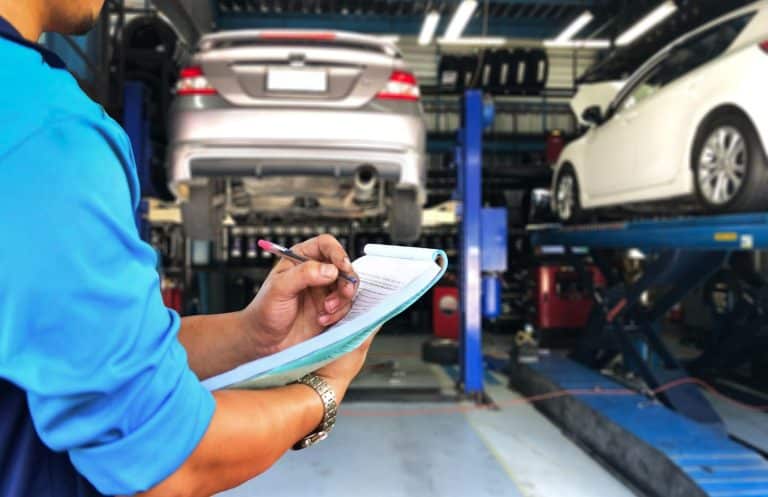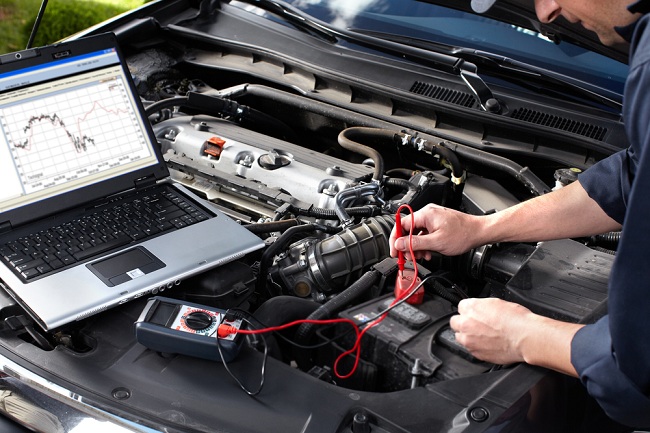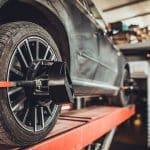Before calling for a pre purchase car inspection, here are the key things you should know to ensure a smooth and effective process.
Pre Purchase Car Inspection Tips

1. Choose a Qualified Inspector
- Mechanic vs. Inspection Service: Decide whether to use an independent mechanic, a dealership, or a professional inspection service (like Variety Auto Solutions).
- Certification: Look for ASE-certified mechanics or specialists familiar with the car’s make/model.
- Mobile vs. Shop Inspection: Some inspectors come to you, while others require the car to be brought to a shop (seller’s cooperation may be needed).
2. Confirm What’s Included in the Inspection
A thorough inspection should cover:
✅ Mechanical Check – Engine, transmission, brakes, suspension, exhaust
✅ Electrical Systems – Battery, lights, infotainment, sensors
✅ Undercarriage & Frame – Rust, leaks, structural damage
✅ Test Drive – Handling, noises, transmission shifts
✅ OBD-II Scan – Check for hidden error codes
✅ Body & Paint – Signs of accidents, repaints, panel gaps
✅ Tire & Wheel Condition – Tread depth, alignment, damage
3. Get Seller’s Permission
- The seller must agree to the inspection (for private sellers or dealerships).
- Ensure the car is available at a location where the inspection can happen (seller’s home, dealership, or a shop).
4. Know the Cost & Time
- Cost: Typically $100–$500, depending on depth & location but you need to check before order.
- Time: Usually 1–2 hours for a full inspection.
5. Have the VIN & Vehicle History Report Ready
- Provide the VIN to the inspector (helps check recalls & past issues).
- Get a Carfax/AutoCheck report beforehand to compare with inspection findings.

6. Be Present (If Possible)
- Attending the inspection lets you ask questions and see issues firsthand.
- If not, request detailed photos/videos and a written report.
7. Understand the Inspection Report
- The inspector should provide a written summary of problems, severity, and estimated repair costs.
- Use this to negotiate the price or walk away if major issues are found.
8. Next Steps After Inspection
✔ Negotiate – Ask for repairs or a lower price based on findings.
✔ Walk Away – If there are hidden major issues (engine/transmission/frame damage).
✔ Get a Second Opinion – If unsure about the findings.
Final Tip
A pre-purchase inspection is a small investment that can save you from buying a money pit. Always insist on one, even if the car “seems fine.”





